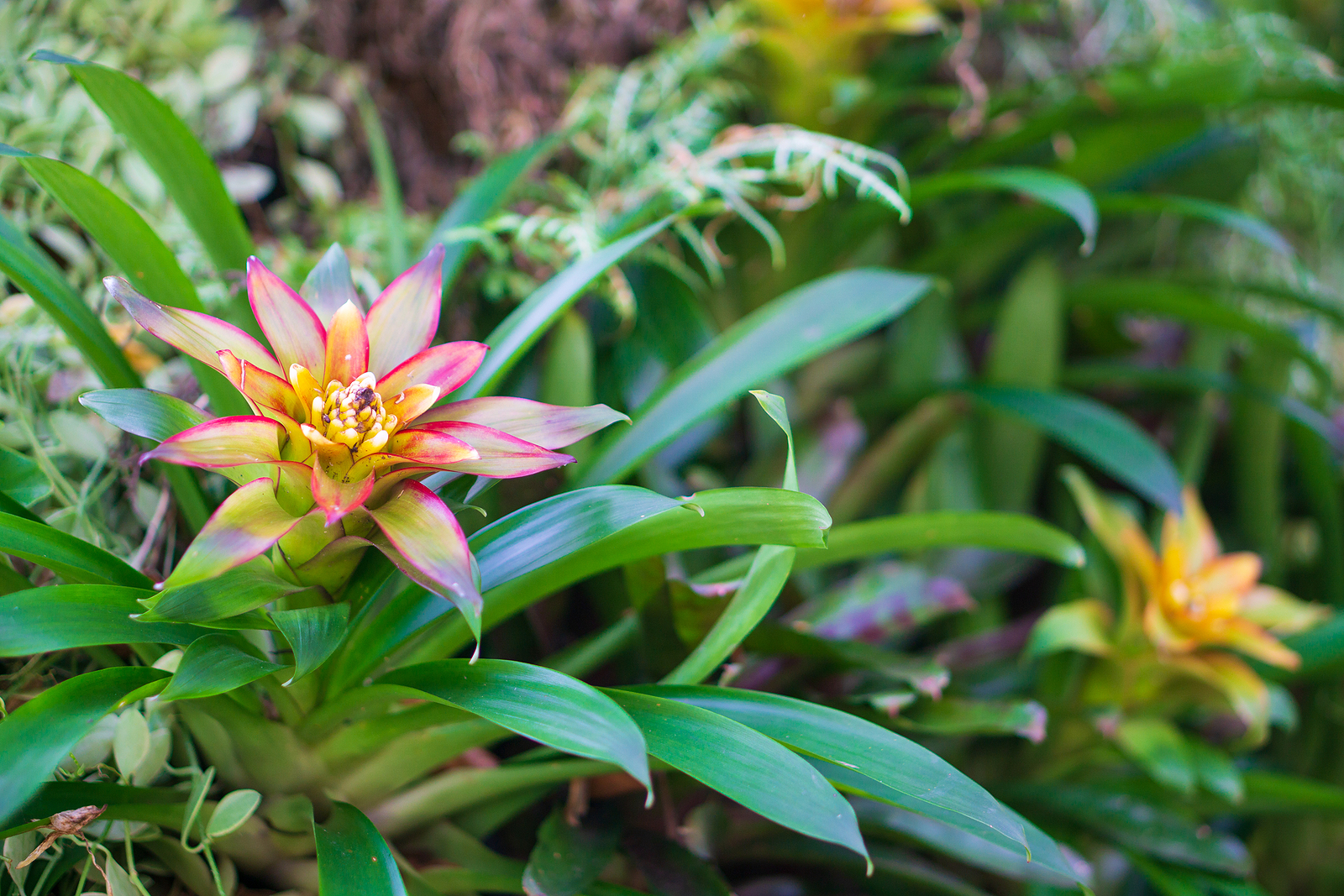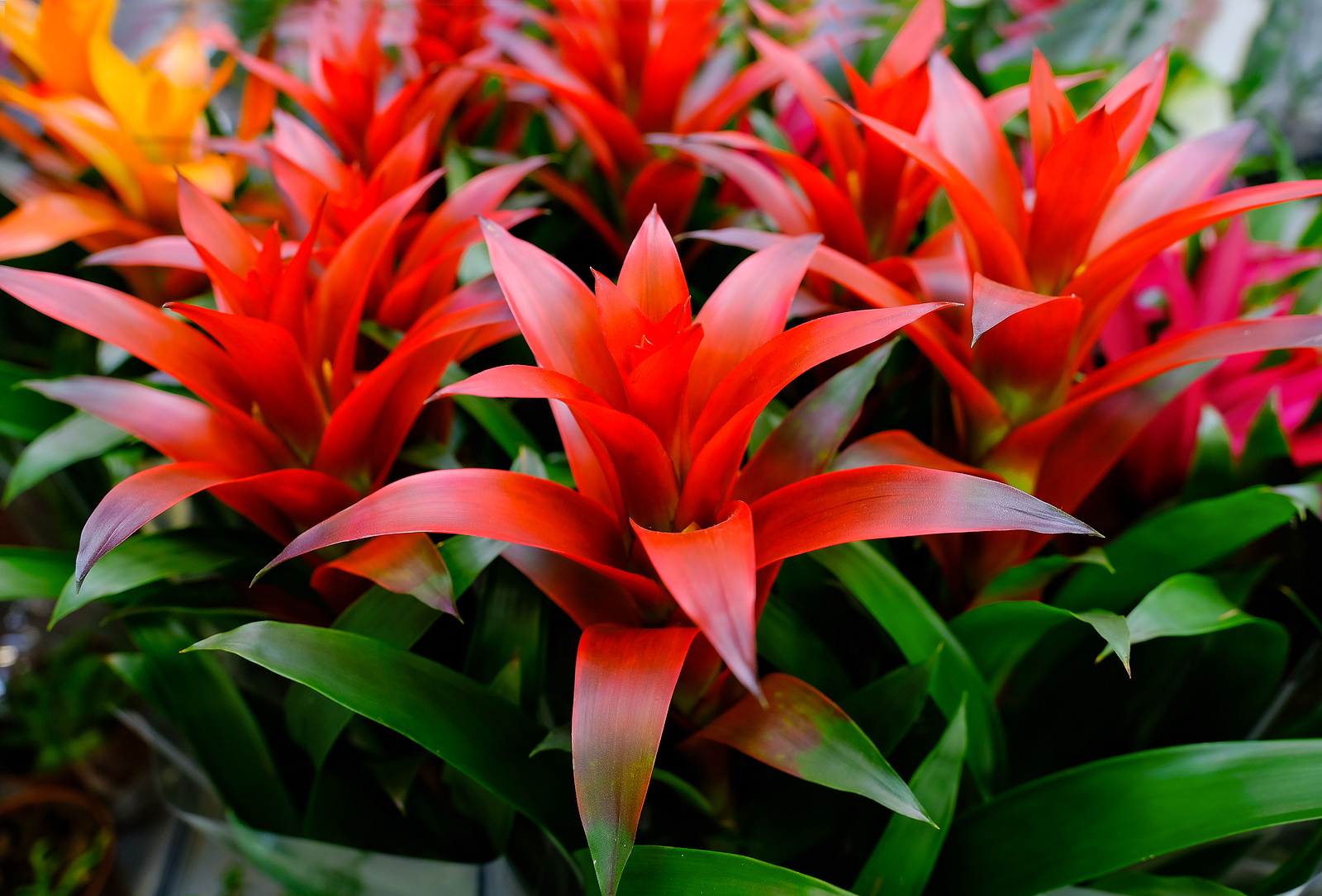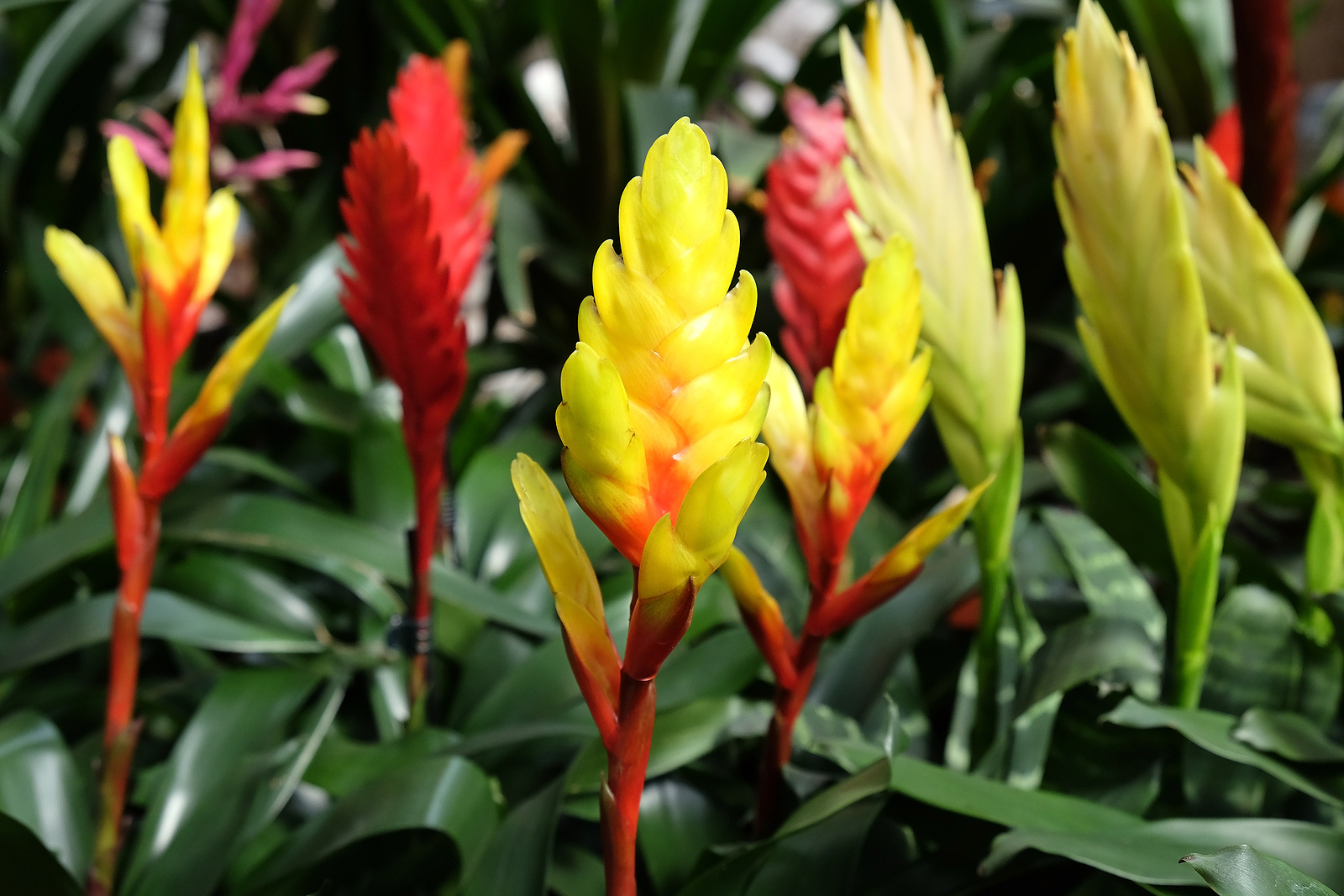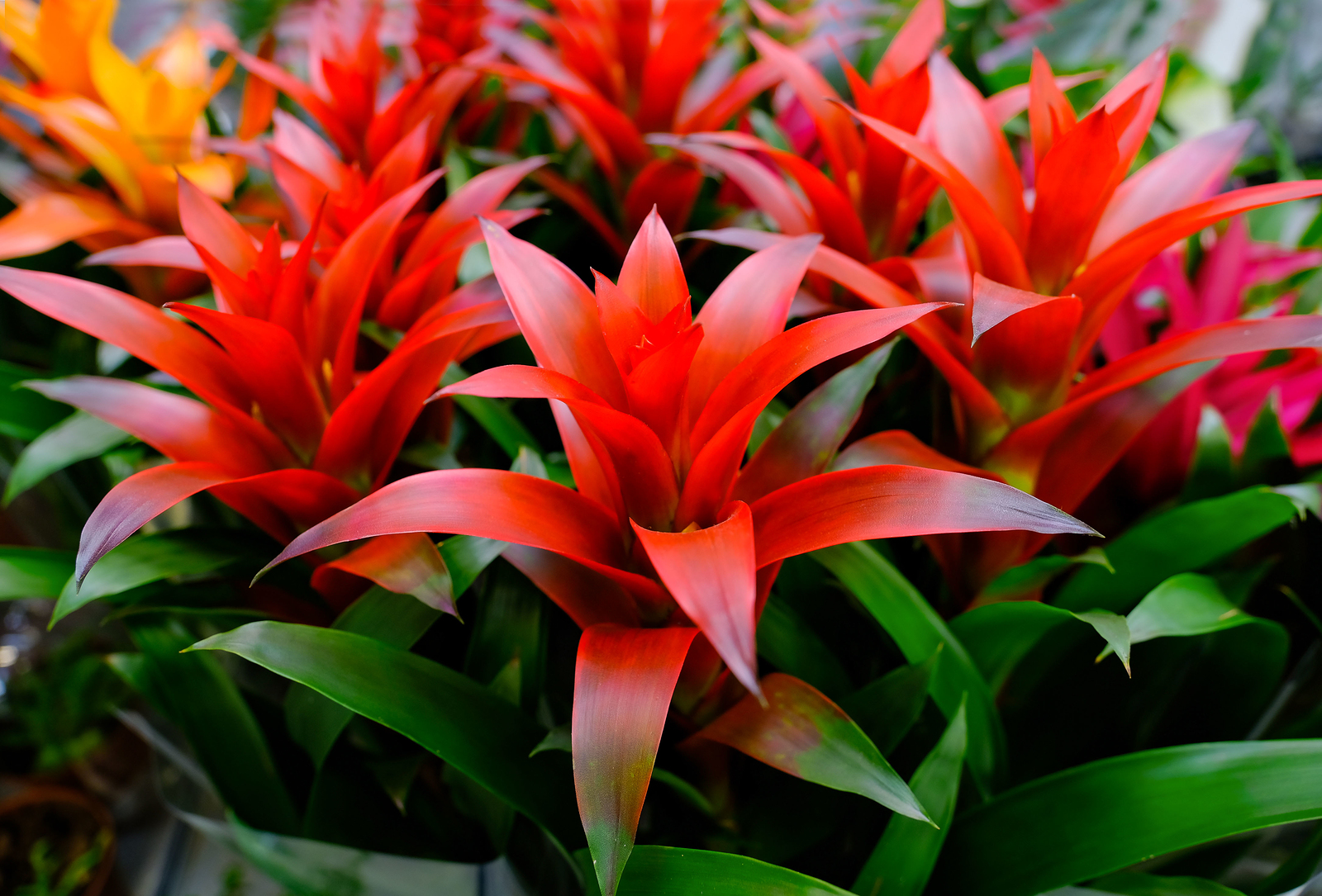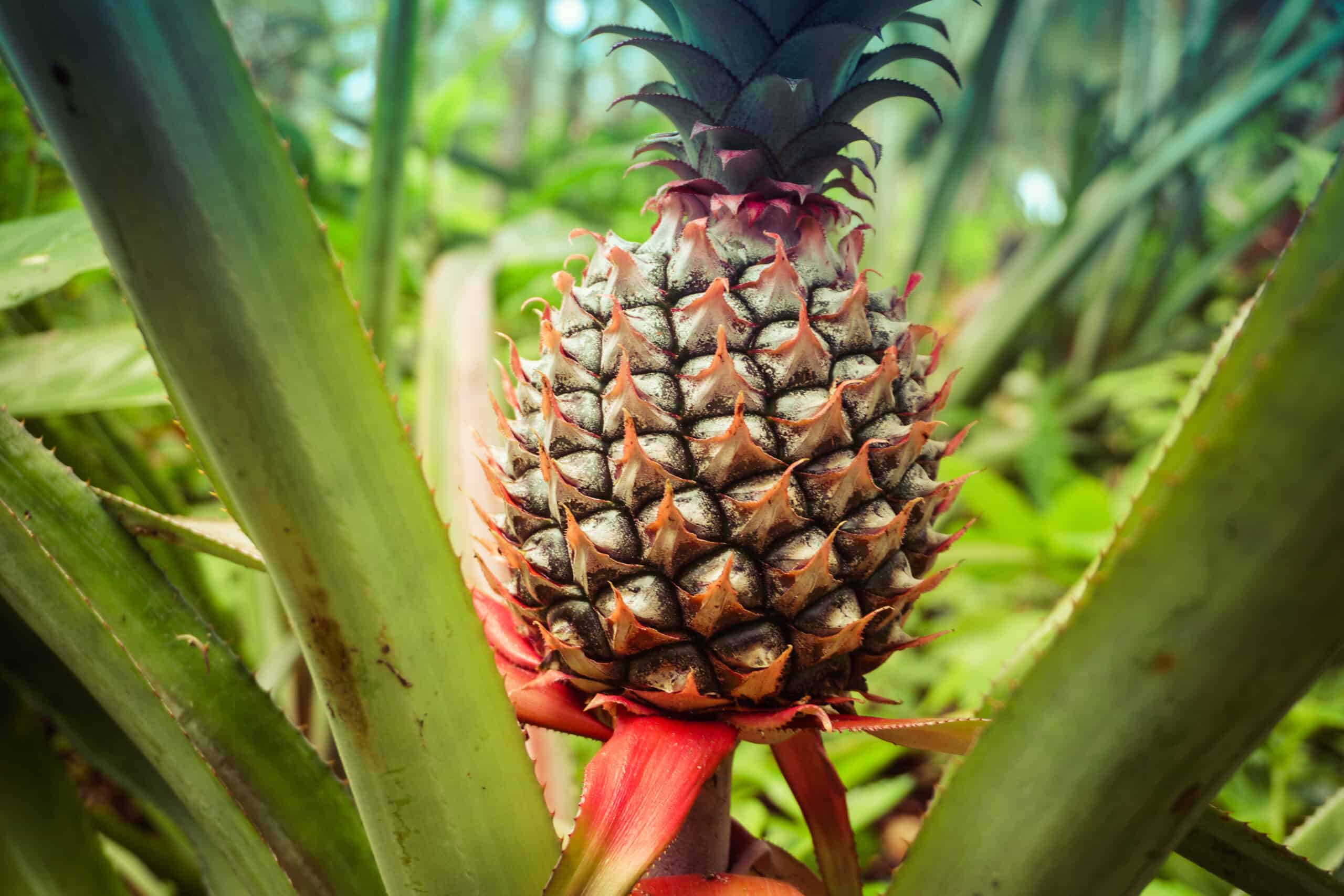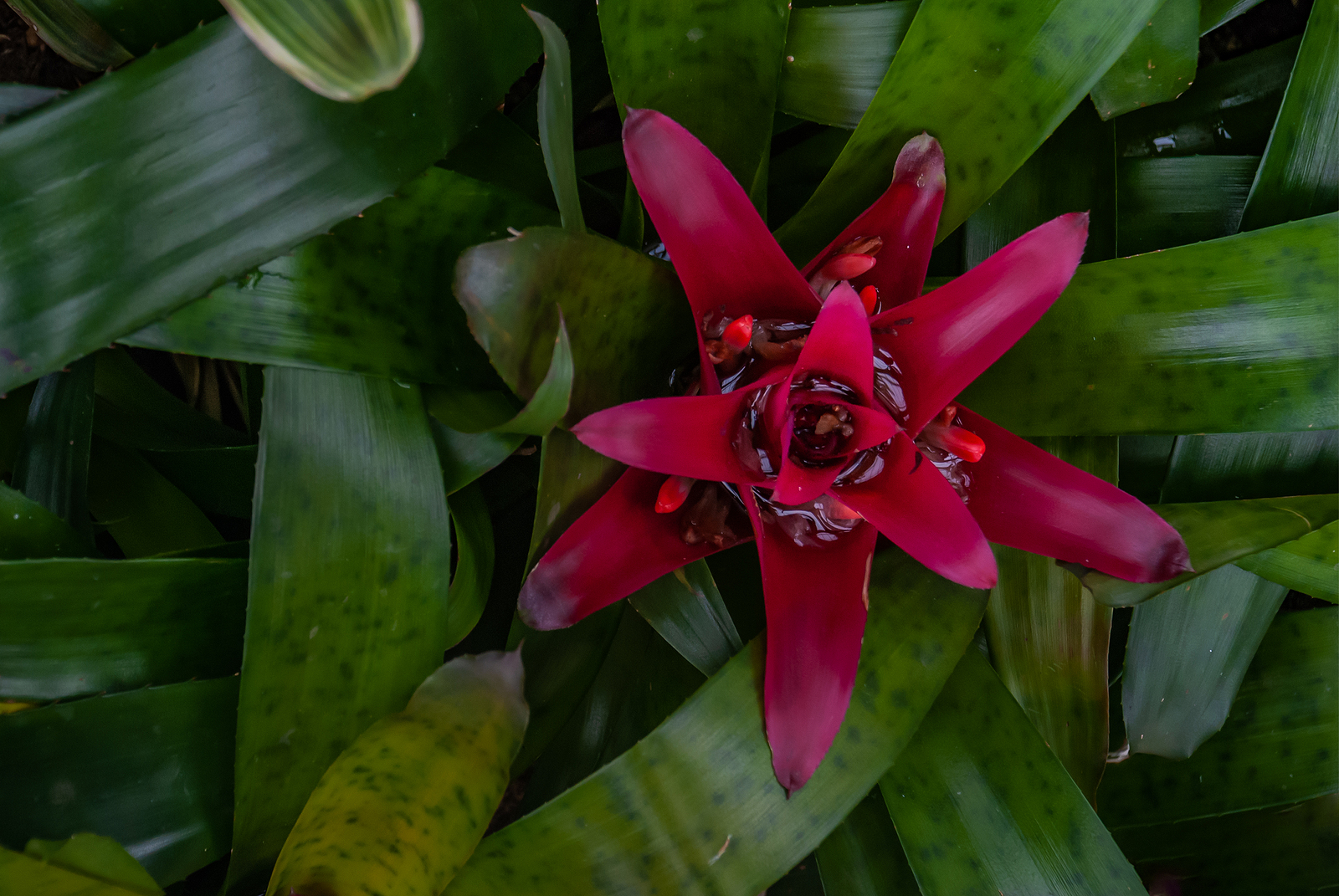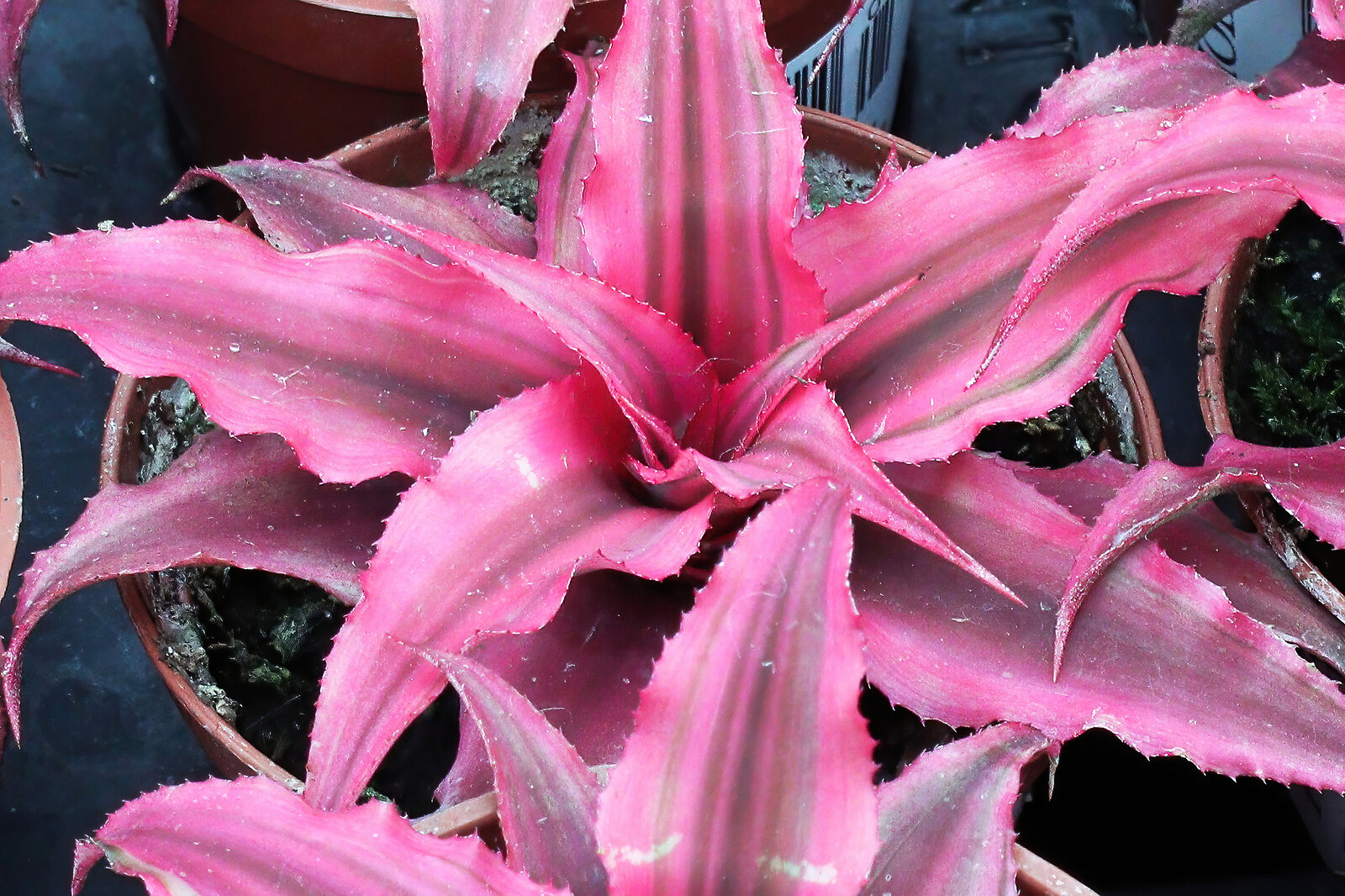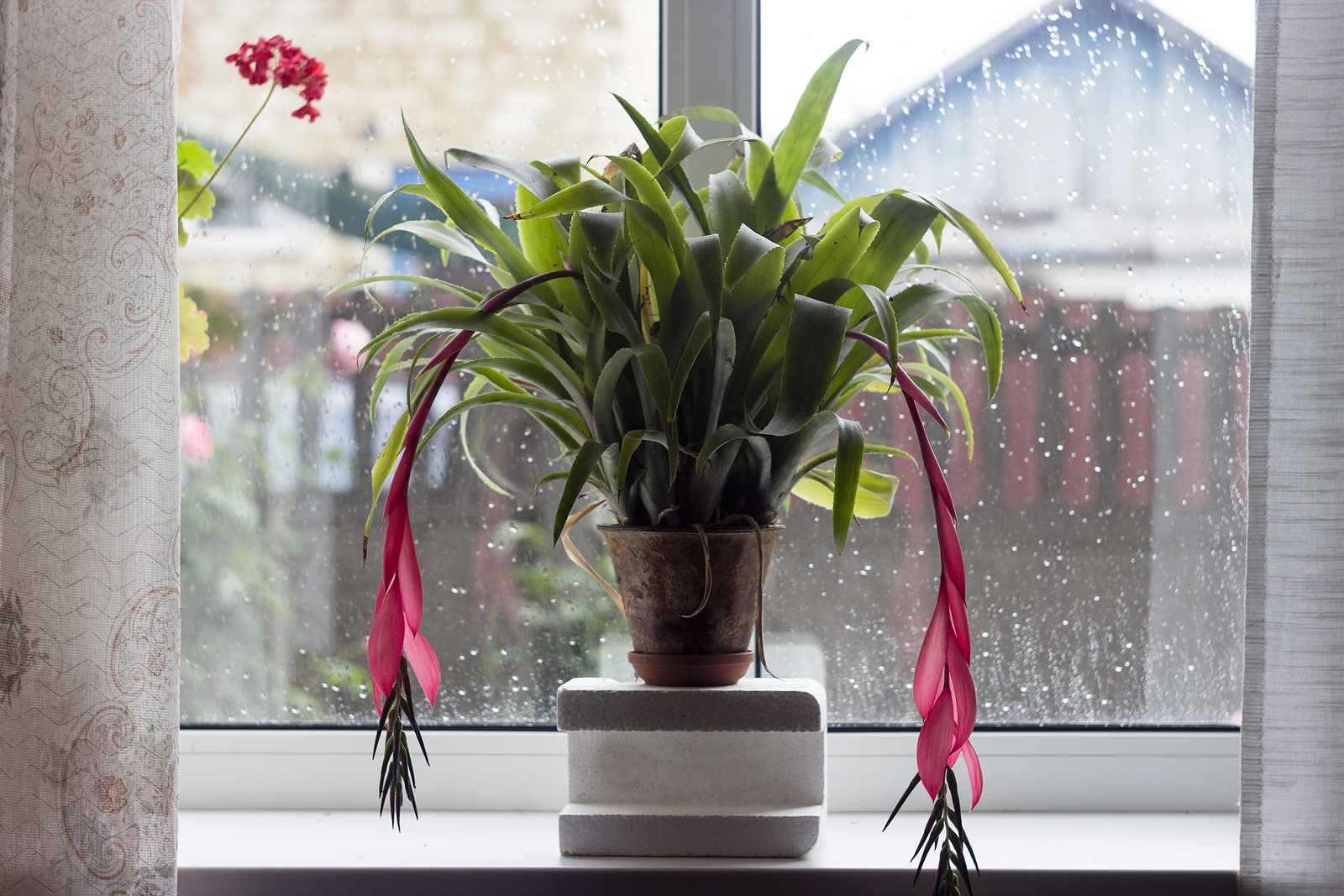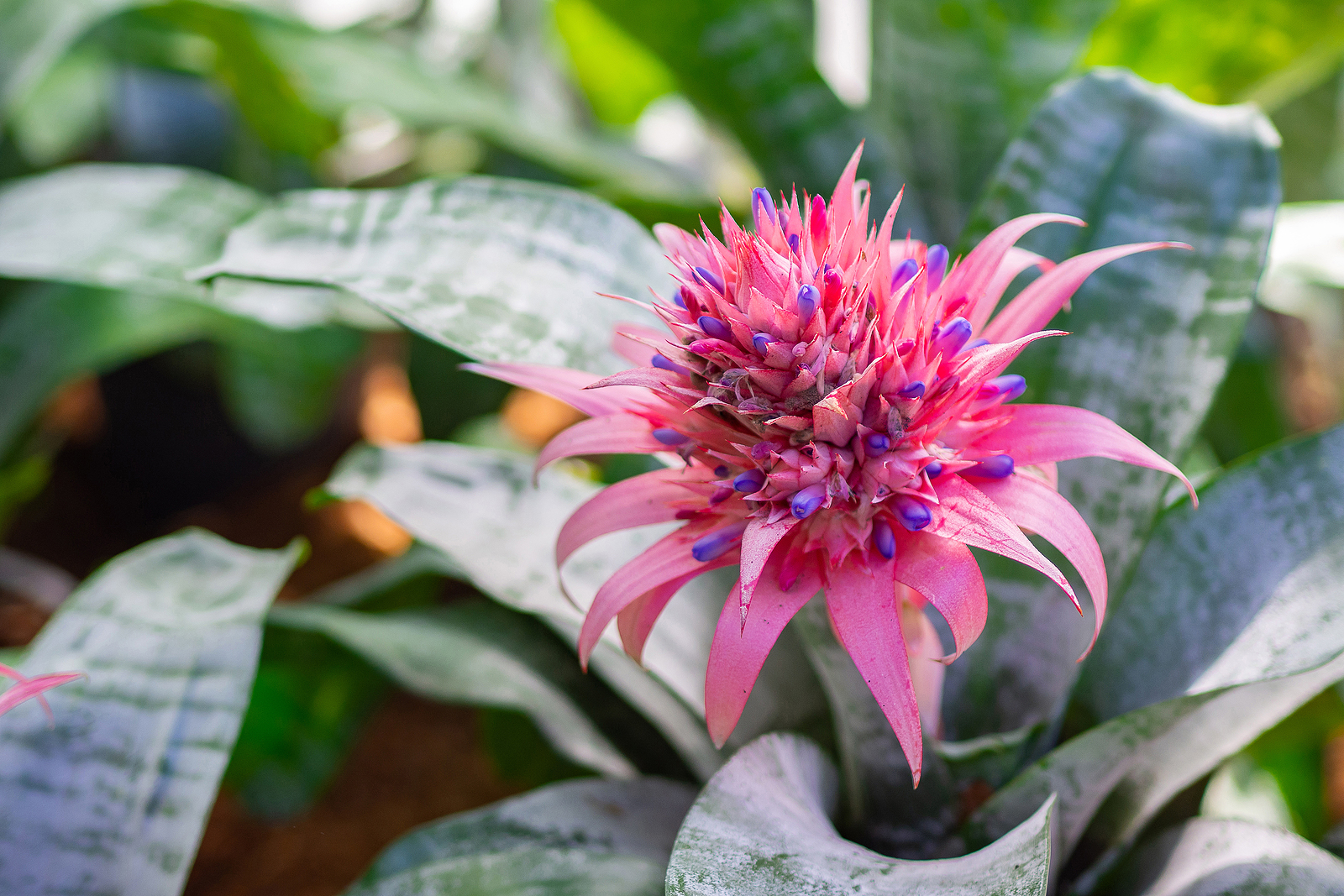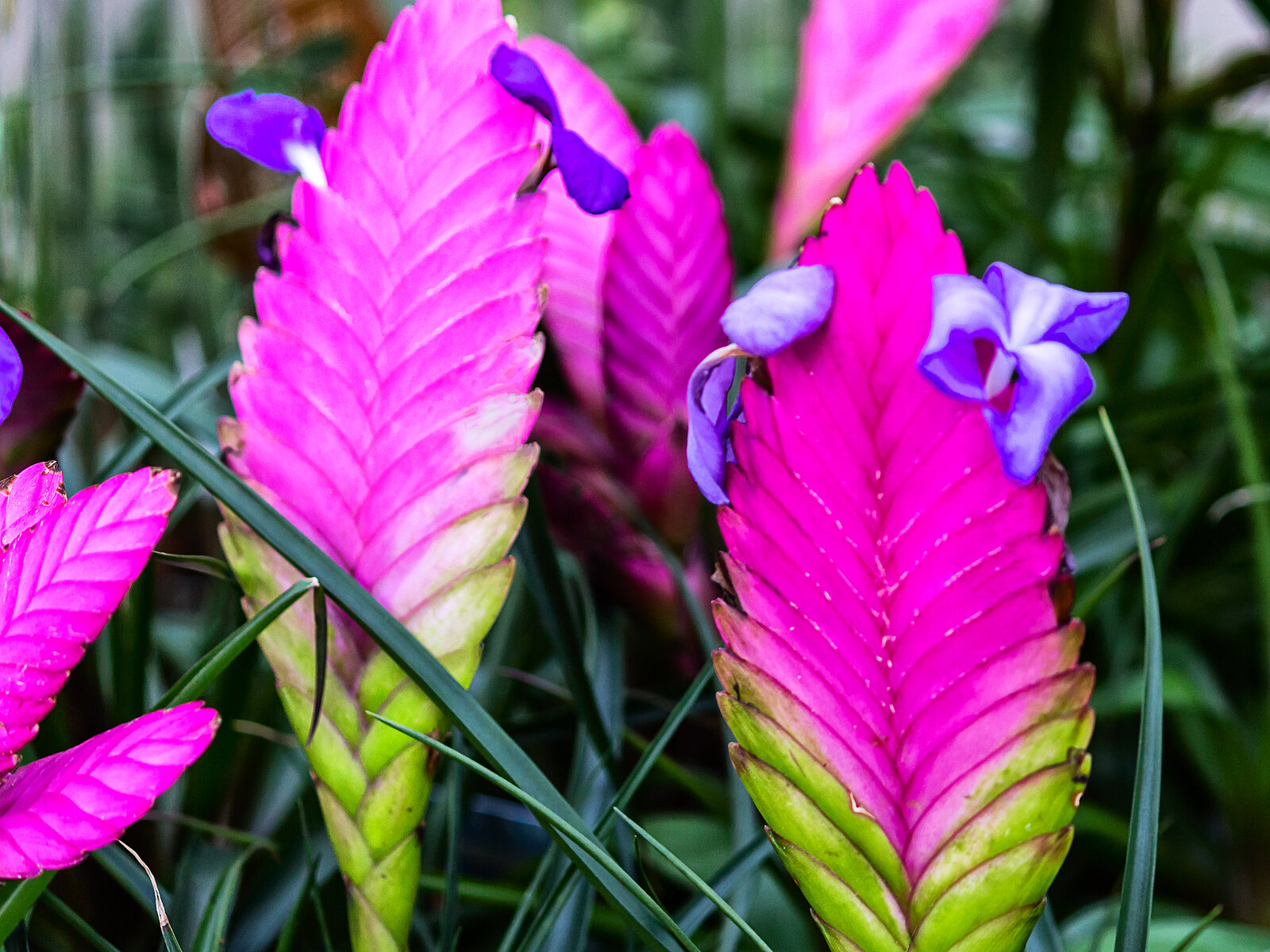Bromeliad
Latest stories
More stories
-
in Tropicals
How to Grow Guzmania
Guzmania is a genus of tropical plants in the bromeliad family, known for its bold, colorful flower spikes and lush, green foliage. These plants are native to Central and South America, where they thrive in humid, tropical environments. Guzmanias are prized for their dramatic, long-lasting bracts, which can appear in vibrant shades of red, orange, […] More
-
in Tropicals
How to Grow Vriesea
Vriesea is a genus of bromeliads known for its striking foliage and colorful, long-lasting flower spikes. Native to the tropical regions of Central and South America, Vriesea plants are popular both for their exotic appearance and their adaptability, making them excellent choices for gardens in warm climates or as houseplants. They are similar to other […] More
-
in Perennials
How to Grow Bromeliads
Bromeliads are a family of tropical and subtropical plants known for their striking foliage and vibrant, long-lasting flowers. They are epiphytic or terrestrial, meaning they can grow on other plants or directly in soil, respectively. Bromeliads are low-maintenance, drought-tolerant, and can thrive in a variety of environments, making them ideal for both garden use and […] More
-
How to Plant, Grow, and Harvest Pineapples
The edible pineapple is a member of tropical plant genus Ananas. The species Ananas comosus produces the edible pineapple. The plant is known for its spiky leaves, compact growth habit, and the iconic, sweet-tasting fruit it bears. While widely grown for fruit production in tropical regions, Ananas can also be used as an ornamental plant […] More
-
in Houseplants, Tropicals
How to Grow Nidularium
Nidularium is a genus in the bromeliad family, valued for its rosette-forming leaves and the bright, eye-catching central bracts that resemble a bird’s nest, which is where the name “nidularium” (derived from the Latin word nidulus, meaning “nest”) comes from. These tropical plants are native to the rainforests of Brazil and are appreciated for their […] More
-
in Houseplants, Tropicals
How to Grow Dyckia
Dyckia is a genus of bromeliads known for its tough, spiky, and often brightly colored foliage. Native to arid regions of Brazil and surrounding areas in South America, Dyckia species are more drought-tolerant than many other bromeliads. They are often used as ornamental plants in xeriscaping or low-water gardens, but they also thrive as indoor […] More
-
in Houseplants, Tropicals
How to Grow Earth Star — Cryptanthus
Cryptanthus, commonly known as Earth Stars, is a genus of small, terrestrial bromeliads known for their rosette of star-shaped, low-growing foliage. Native to Brazil, these plants are admired for their striking patterns, colors, and textures. Unlike many bromeliads that are epiphytic (growing on other plants), Cryptanthus species grow directly in the soil, making them a […] More
-
in Houseplants, Tropicals
How to Grow Vase Plant — Billbergia
Billbergia is a genus of bromeliads known for their tall, tubular rosettes and striking flower displays. Native to South America, particularly Brazil and Argentina, Billbergias are often grown for their dramatic flowers and beautiful foliage. These hardy plants are versatile, thriving both indoors as houseplants and outdoors in gardens, particularly in tropical or subtropical climates. […] More
-
in Houseplants, Tropicals
How to Grow Pineapple — Ananas
Ananas–commonly called pineapple–is an evergreen, perennial bromeliad grown for its fruit in tropical and subtropical regions and for its foliage in cooler climates. Ananas produces rigid, strap-shaped leaves that form rosettes out of which rise large, dense oblong heads of tiny tubular flowers. The flowers are replaced by fleshy, succulent pineapples. Ananas flower spike bearing […] More
-
in Houseplants, Tropicals
How to Grow Tillandsia
Tillandsia, commonly known as air plants, is a diverse genus of over 650 species in the bromeliad family, native to forests, deserts, and mountains of Central and South America. These plants are epiphytes, meaning they absorb moisture and nutrients from the air through their leaves, not through their roots, which are primarily used for anchoring […] More


